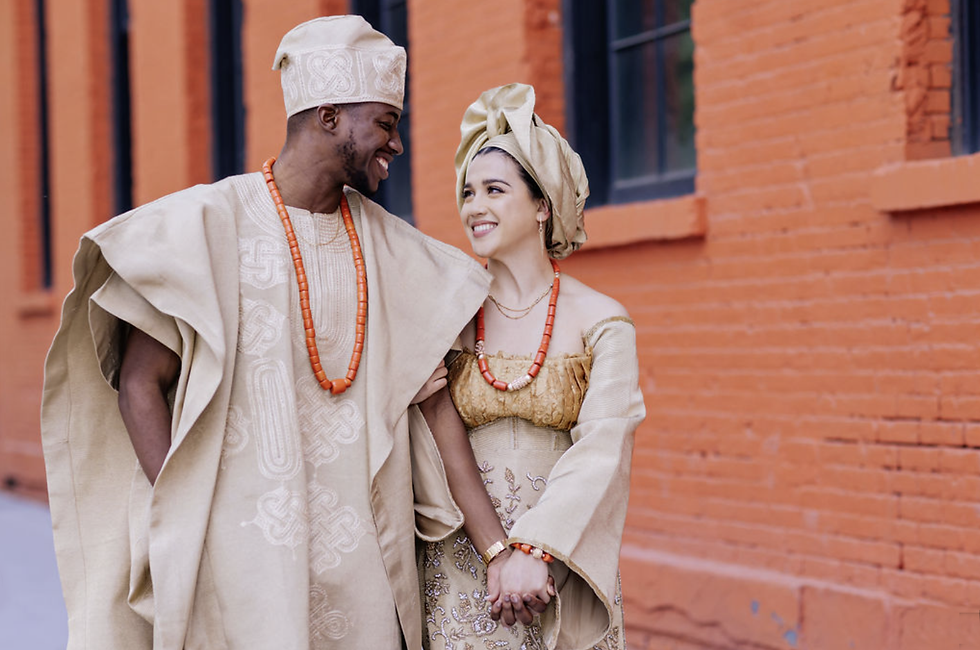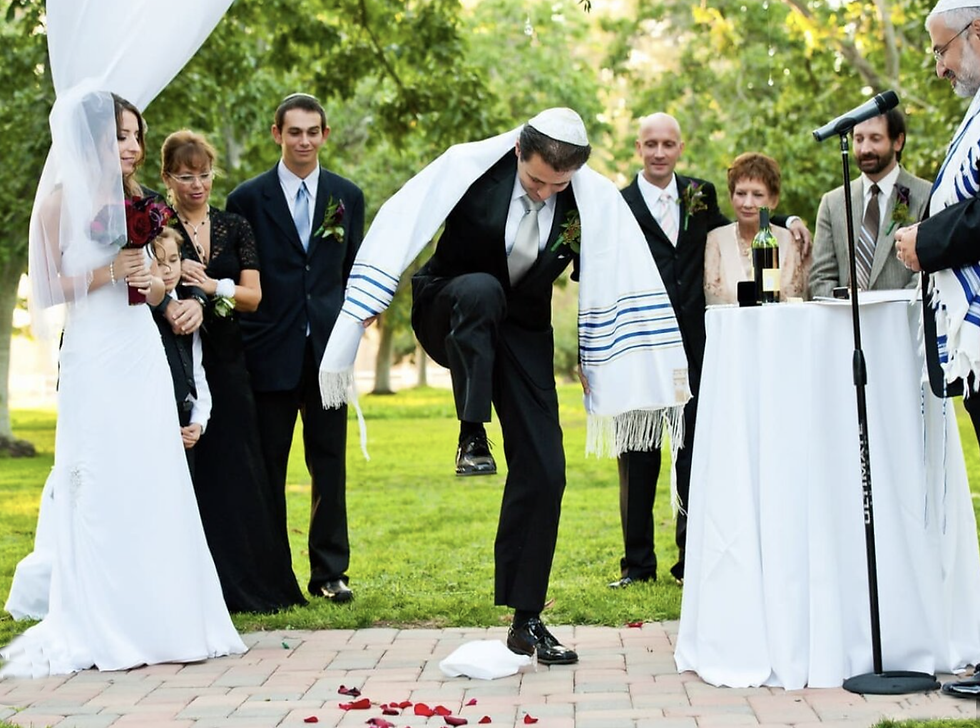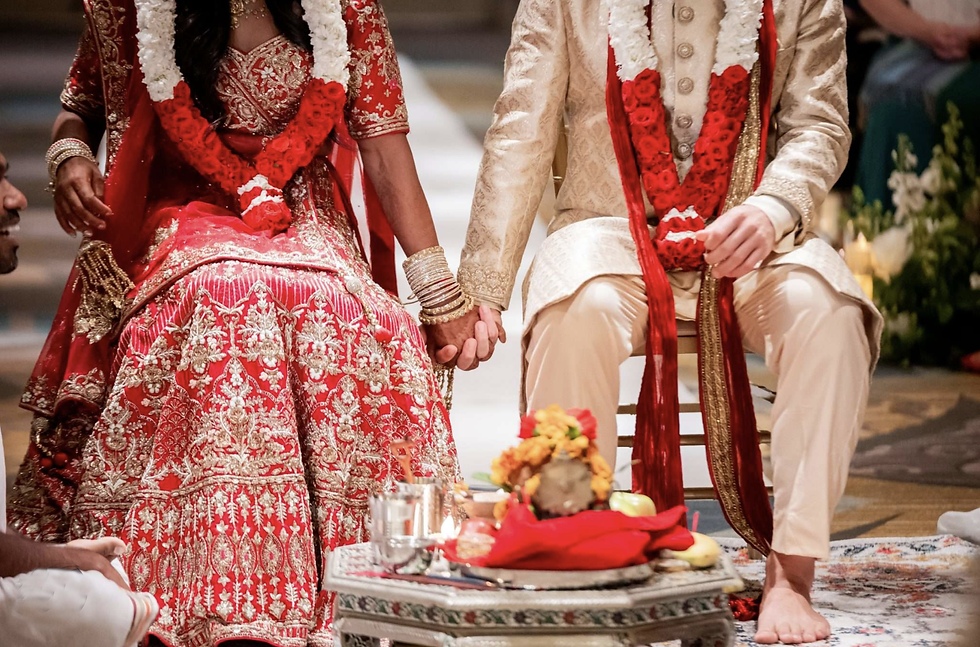A Guide to Planning a Multicultural Wedding
- GWE

- Jun 25
- 3 min read
Updated: Jun 26
Planning a multicultural wedding means more than just merging traditions—it’s about honoring two heritages in a way that feels unified, respectful, and deeply personal. This guide provides expert advice and thoughtful tips to help you create a celebration that reflects your unique backgrounds and shared love story.

Why Multicultural Weddings Are So Special
Multicultural weddings are vibrant celebrations where traditions from different cultures come together in meaningful ways. They honor ancestry, celebrate diversity, and tell a unique love story through food, attire, music, rituals, and family values. Whether it’s blending a Christian ceremony with a traditional Hindu ritual or combining Chinese tea ceremonies with Latin dance traditions, each choice makes your wedding uniquely yours.
Step One: Embrace Your Cultural Heritage
Start by exploring the customs and values that are most meaningful to each of you. Research traditions, discuss must-haves with family, and consider how to incorporate:
Traditional attire or accessories
Cultural rituals or ceremonies
Personalized vows in your native languages
Heritage-inspired décor, colors, or symbols
These elements will give your celebration depth and authenticity.
Blending Traditions Thoughtfully
Seamlessly combining traditions requires planning and creativity. Here’s how to do it right:
Create a Shared Vision – Sit down with your partner to prioritize what elements from each culture should be included.
Develop a Fusion Ceremony – Combine rituals from both backgrounds or hold two short ceremonies to honor each heritage.
Include Bilingual Elements – From invitations to ceremony programs, using both languages helps everyone feel included.

Euro-American Wedding
Communicate Early and Often
Open communication is key to navigating cultural differences, especially between families. Discuss expectations and be transparent about what’s most important to each side. Early conversations help avoid misunderstandings later.
Involve Your Families
Family plays a major role in many cultural traditions. Including them in the planning process helps ensure:
Cultural customs are honored
Family expectations are managed respectfully
Everyone feels invested in the celebration
Plan for Common Challenges
Multicultural weddings can present unique challenges, such as:
Cultural Misunderstandings – Address differences with patience and openness.
Scheduling Conflicts – Stagger ceremonies or events to avoid overlap.
Venue Restrictions – Choose a flexible venue that can accommodate rituals, music, and food from both cultures.

Enhance the Celebration with Cultural Touches
Small, thoughtful details go a long way in celebrating your heritage:
Fusion Menus – Combine cuisines from both cultures for a dynamic dining experience.
Multicultural Music & Dance – Mix playlists and traditional performances to entertain and educate guests.
Decor & Symbols – Use cultural motifs, textiles, and colors to visually represent your journey.
Cultural Education – Include explanations of traditions in programs or on your wedding website.
Make Guests Feel Welcome and Included
A multicultural wedding is also a learning experience for your guests. Help them feel connected by:
Offering bilingual ceremony programs
Sharing the meaning behind rituals or symbols
Inviting them to participate in cultural dances or customs
Designing a Culturally Inclusive Invitation Suite
Your invitations and wedding website can set the tone:
Use design elements from both cultures
Offer translations when necessary
Share information about ceremonies, attire expectations, and cultural customs

Incorporating Traditional Attire
Honor your roots with attire that reflects both backgrounds:
Wear traditional garments for the ceremony or change outfits during the reception
Accessorize with culturally significant jewelry or headpieces
Encourage wedding party members to incorporate similar themes
Hiring the Right Wedding Planner
A planner experienced in multicultural weddings is essential for managing traditions, expectations, and logistics. Look for:
A portfolio showcasing multicultural events
Positive reviews from diverse couples
A strong understanding of cultural etiquette and flexibility
Comfort with bilingual or multicultural vendor coordination
Working Together as a Couple
Set aside time to align on what matters most. Whether it's spiritual rituals, specific foods, or honoring elders, prioritizing together helps create a unified vision that balances both cultures.

Creating Memorable Moments
From your vows to your first dance, every moment is a chance to celebrate your journey. Consider:
Personalized vows that include cultural references or native languages
Fusion receptions with blended entertainment, cuisine, and traditions
Interactive experiences like tea ceremonies, henna artists, or piñatas
Planning a Fusion Reception
A well-planned reception can bring everything together. Make it unforgettable with:
Traditional dances from both cultures
A combined menu showcasing heritage dishes
Collaborative entertainment, like a live band followed by a cultural DJ
In Summary
Planning a multicultural wedding is a meaningful journey that celebrates love, identity, and family. By blending traditions, honoring heritage, and communicating openly, you can create a one-of-a-kind wedding that reflects who you are—together.
Celebrate your story, your cultures, and your future with intention, respect, and joy.
Would you like a downloadable checklist version of this guide or a companion blog post version for your website?









Comments